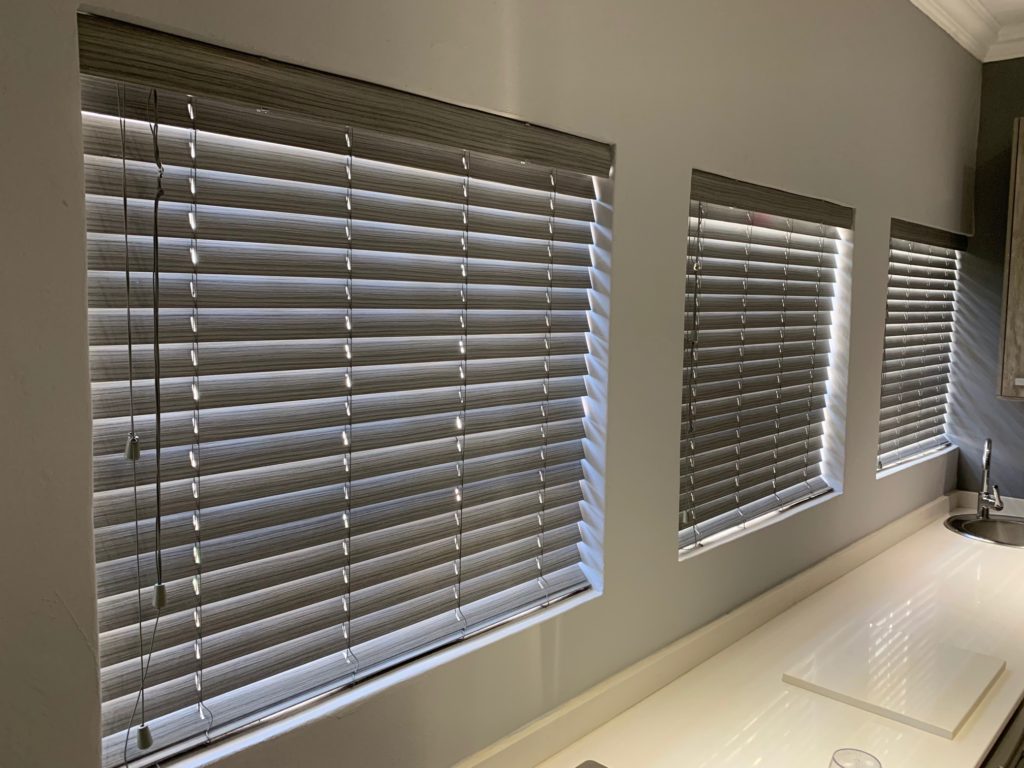Blinds
How Venetian Blinds Work
Venetian blinds have horizontal slats (hence the name, horizontal blinds), one above another. These slats are suspended by strips of cloth called tapes, or by cords, by which all can be rotated through nearly 180 degrees in unison. The slats are rotated so that they overlap one side facing inward and then in the opposite direction so that they overlap with the other side facing inward. Between those extremes, various degrees of separation may be effected between the slats by varying the rotation. Venetian blinds allows for easy control on how much natural light enters the room.
There are also lift cords passing through slots in each slat. When these cords are pulled, the bottom of the venetian blind moves upward causing the lowest slats to press the underside of the next highest slat as the blind is raised. A modern variation of the lift cords combines them with the rotational cords in slots on the two edges of each slat. This avoids the slots otherwise required to allow a slat to rotate despite a lift cord passing through it, thus decreasing the amount of light passing through a closed blind.
Choosing Venetian Blinds
The first thing that comes to mind when selecting a window treatment is how will they look. And venetian blinds brings a finished look to any room. It also brings a functional addition to block out light including temperature regulation. Venetian blinds are a classic style that is here to stay.
Venetian/Horizontal blinds are simplistic and complements any interior design style, as they can look both formal and casual.
Here are a few questions you might want to ask yourself when looking for the perfect venetian blinds for your home or office.
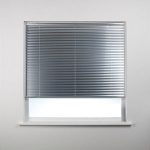 What are the costs involved? In general, venetian blinds ring up for significantly less than fabric window treatments, so you’ll get more for your money. What’s more, they’re often made of durable materials, so they’ll stay in great shape until you decide to replace them.
What are the costs involved? In general, venetian blinds ring up for significantly less than fabric window treatments, so you’ll get more for your money. What’s more, they’re often made of durable materials, so they’ll stay in great shape until you decide to replace them.
Are venetian blinds an efficient style for my home or office? Is it formal or casual, comfortable or chic? Bold colours can be fun or dramatic. Subtle hues are perfect for a room decorated in neutral, earthy colours.
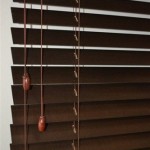
What are the best venetian blinds to keep out excess light? A darker colour can look stylish and also keep out light. This can be perfect in the bedroom or in a room where TV time is important. Wooden blinds or even faux wood blinds in a rich, dark colour can bring a touch of class to any space and also keep out the summer heat or the winter cold and especially the light when you need this.
Are venetian blinds easy to maintain? Blinds are a good pick for low-maintenance homes, rental properties because they are easy to care for. Usually, all it takes is a wipe
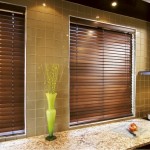
or two with a damp cloth and your blinds will look as good as new. Of course, deep-cleaning draperies and fabric window coverings is much more intensive and time-consuming, and may require a professional service.
Are there Venetian blinds that are better suited for the kitchen and bathroom? While you might think that wooden blinds are the best bet, plaswood/fauxwood blinds can come with its perks as well. Plaswood venetian blinds are heat and steam resistant, which best suited for bathrooms and kitchens alike.
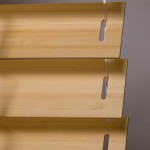 Off the shelf or made-to-measure Venetian blinds? Custom made-to-measure venetian blinds can fit almost any window but even if you go for off-the-peg blind, you may be able to adjust the width and length yourself – but go slow and take care not to trim too far, there’s no going back once you’ve started!
Off the shelf or made-to-measure Venetian blinds? Custom made-to-measure venetian blinds can fit almost any window but even if you go for off-the-peg blind, you may be able to adjust the width and length yourself – but go slow and take care not to trim too far, there’s no going back once you’ve started!
Whether you are updating older blinds or just looking for a new look for your home, venetian blinds can immediately update the look of any room. It looks superb in living rooms and bathrooms alike and the venetian style brings with it privacy, functionality and class.
Be sure to check out all of the different styles, colours, and sizes Blinds Direct has to offer when it comes to blinds.

